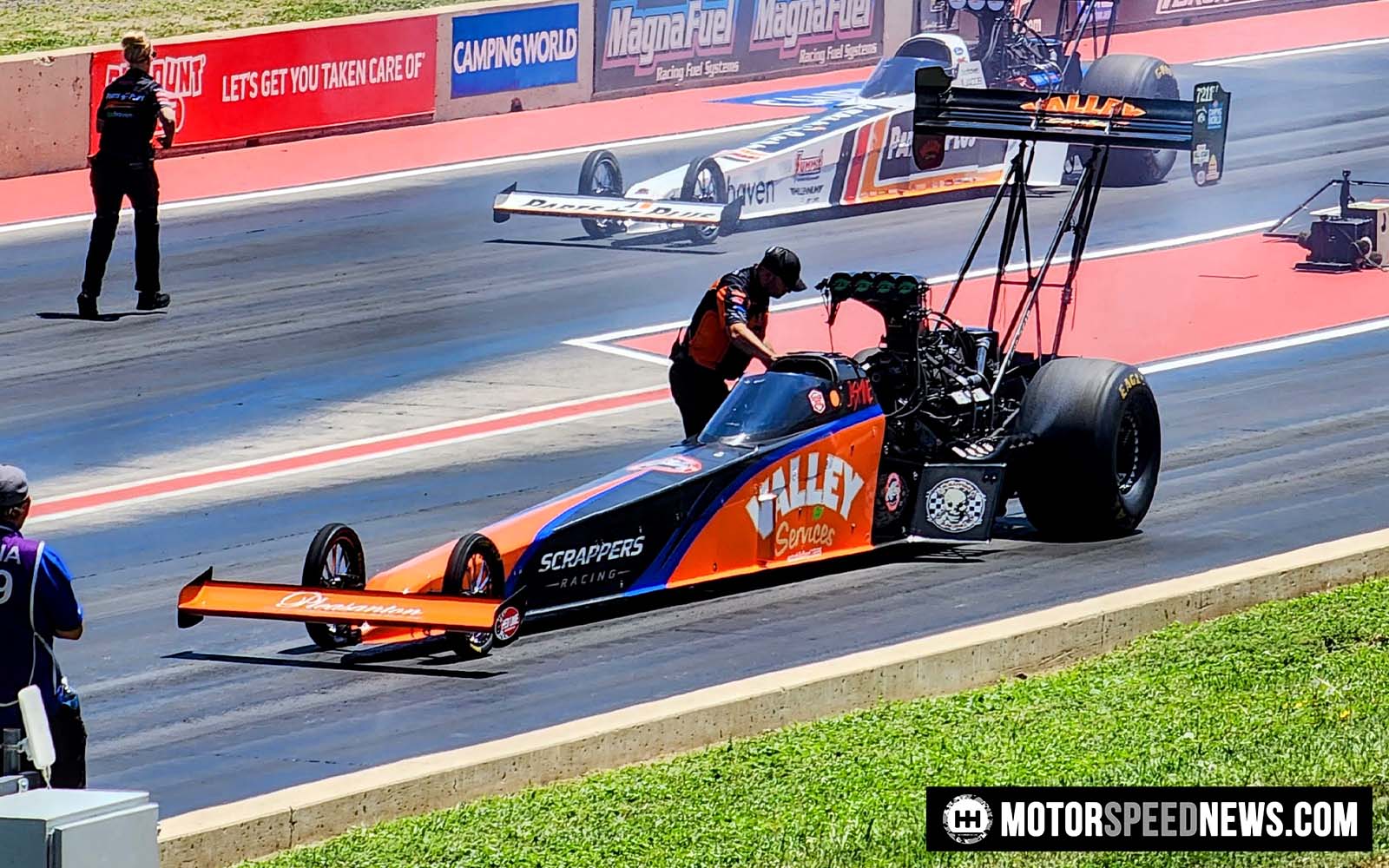Understanding Directional Tires And Why They Are Important
Directional tires are a type of tire that is designed with a specific tread pattern to enhance both performance and safety on the road. Unlike normal tires, directional tires have a tread pattern that is specifically designed to rotate in one direction only.
The directional tire pattern most often features V-shaped grooves or channels that are angled towards the center of the tire. This design allows water and snow to be efficiently channeled away from the tire’s contact patch, reducing the risk of hydroplaning and improving contact with the road.
Routine maintenance requires proper tire rotation. This is especially true when using directional tires. Due to their specific tread pattern, Rotate directional tires front-to-back or back-to-front, not side-to-side. This ensures that the tires maintain their intended directionality and continue to perform as they were designed to.
I rotated my own tires recently and I had to double check if they were directional or not. The tires have some v-shaped grooves like my Michelin X-Ice tires, but they are all season tires and required further inspection. As it turns out, my Continental Extreme Contact tires are not directional, but are asymmetrical meaning they must be mounted on the wheel in the correct direction, but can go on either side of the car. After I finished rotating the tires I figured a comprehensive guide on directional tires for Motor Speed News would be an excellent asset to the site.
Examining The Sidewall For Directional Indicators
When examining the sidewall of a tire, it is important to understand the directional indicators that tell you about the tire’s rotation pattern. These markings are often a directional arrow or text indicating the “rotation” direction.

Understanding and following these sidewall markings can help prevent uneven wear and extend the lifespan of your tires. We recommend you consult the vehicle’s owner manual or seek professional advice if you are unsure about the correct rotation pattern for your specific tires.
By paying attention to these directional indicators on the sidewall, you can ensure that your tires perform optimally and contribute to a safe driving experience.
Inspecting The Tread Pattern For Directionality
The tread pattern on a tire plays a crucial role in determining the performance and handling characteristics. There are two main types of tread patterns: symmetrical and asymmetrical. Manufacturers can make directional and non-directional tires with both patterns.
From Tire Rack:
“A symmetric tread pattern is the most common and features continuous ribs or independent tread blocks across the entire tread face where both inboard and outboard halves feature the same pattern. Tires featuring symmetric tread patterns allow using multiple tire rotation patterns.
An asymmetric pattern is designed to blend the requirements of dry grip and water dispersal/snow traction where the tread pattern changes across the face of the tire. An asymmetric tread pattern usually incorporates larger tread ribs/blocks on the outboard side to increase cornering stability on dry roads by offering greater contact area. This also helps to reduce tread squirm and heat buildup on the outside shoulder. The inboard side usually features smaller independent tread blocks to aid wet and/or winter traction when driving straight ahead. Tires featuring asymmetric tread patterns allow using multiple tire rotation patterns.” – tirerack.com
Here are some examples. I run the Continentals on my WRX and the Dunlop tires came on some TRD wheels I picked up on Facebook Marketplace for my Toyota Tundra.


Now let’s talk about the V-shaped tread, which indicates a directional tire.
Tire manufacturers commonly use a v-shaped tread design for tires designed for all-season or winter conditions. This pattern features grooves that are angled towards the center of the tire, allowing for effective water dispersion and improved traction on wet or snowy surfaces.

You can also find directional tires on agricultural machines (tractors) and on offroad tucks and 4x4s.
Consulting The Manufacturer’s Documentation Or Website
The manufacturer’s documentation or website can always give you the correct info on your specific set of tires. Tire manufacturers provide detailed information about their products, including guidelines on directional tires. Additionally, the website may offer resources such as product manuals, FAQs, and technical specifications that can help too.
You can also look to the owner’s manual of your vehicle for reliable information. The owner’s manual often provides specific guidance on tire selection and maintenance, including any recommendations for directional tires. It may also highlight important safety considerations related to proper installation and rotation. If you don’t have your owner’s manual anymore, you can buy a used one on eBay or download the digital version of your manual. Here is a list of car owner’s manuals by brand. Some downloads are free and others require a login or VIN entry.
Seeking Professional Assistance From A Tire Expert Or Mechanic
When it comes to car maintenance, seeking professional assistance from a tire expert or mechanic can provide invaluable advice and guidance.
A tire expert can offer professional opinions on the benefits and considerations of using different types of tires for your vehicle (including directional tires). You can learn about the design of different tires and what other customers prefer. If you do not live in a snowy climate, you might never need a set of directional winter tires. A respectable tire professional will tell you this.
Furthermore, a tire expert or mechanic can offer general car maintenance tips that go beyond just tires. They can advise on routine maintenance tasks, but also catch an oil or coolant leak that you might have missed. It can really be a lifesaver sometimes to have a second pair of eyes help examine your car.
Performance And Handling Characteristics Of Directional Tires
Directional tires have a specific tread pattern designed to enhance their performance in wet conditions. This creates specific handling characteristics that drivers should be aware of.
The designers of these tires optimized them for forward motion in one direction. As a result, they provide excellent straight-line stability and responsiveness during acceleration and braking.
However, it’s worth noting that directional tires may not perform as well when making sharp turns or changing lanes quickly. The design of the tread pattern can limit lateral grip and maneuverability compared to other types of tires.
Directional Tire Maintenance List
Proper installation and maintenance of directional tires is crucial for ensuring optimal performance, safety, and longevity. By following this list, you can maximize the benefits of these specialized tires and minimize any potential issues.
- Identify rotational direction and mount in the correct orientation.
- Maintain proper tire pressure to optimize traction, fuel efficiency, and overall tire life.
- Routinely inspect your directional tires and identify any signs of damage or uneven wear.
- Uneven wear patterns could indicate improper alignment or suspension issues.
- Regularly rotate your directional tires.
- 5,000 mile intervals is a best practice.
- Rotate directional tires front-to-back or back-to-front, not side-to-side.

Founder and Executive Editor for Motor Speed News.
Current Garage:
2002 Subaru Impreza WRX Wagon (302 whp)
2005 Toyota Tundra Limited
1986 Yamaha Virago XV1100









